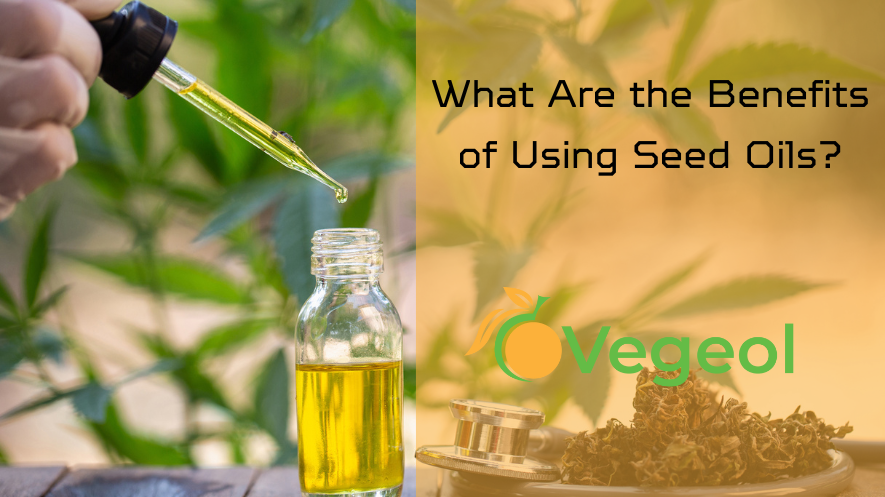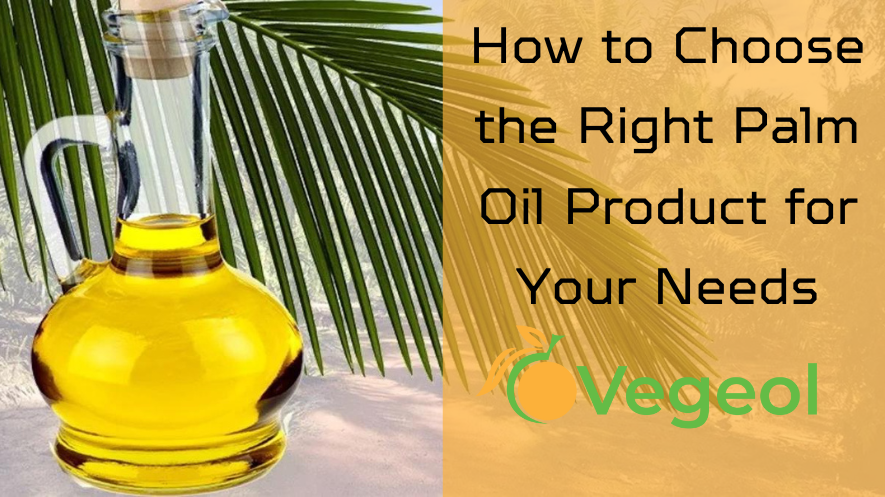When it comes to cooking, palm oil is the most versatile and cheapest oil in the world. In fact, it’s used in over a third of all food products. But this ubiquitous ingredient has come at a price for the planet and its inhabitants. Produced unsustainably, it destroys vital habitat for orangutans, tigers and Asian elephants, among many other species.
One of the oils that is used most frequently worldwide is palm oil. It comes from the fruit of the oil palm tree and is a common ingredient in processed meals and cooking. This article examines the advantages of utilizing this oil, including its uses, health benefits, and nutritional profile. We’ll also talk about the significance of sustainability and the effects that this oil production has on the environment.
The Nutritious Character of Palm Oil
Nutrient-rich palm oil is abundant. It is stable during cooking since it has a healthy balance of unsaturated and saturated fats. Additionally, the oil is a good source of vitamin E, namely in the form of potent antioxidants called tocotrienols. Less refined red palm oil keeps its beta-carotene content, which gives it a unique color and extra nutritional value. This precursor of vitamin A is essential for immunological and ocular health.
Advantages for Heart Health
The impact of this oil on heart health can be both beneficial and detrimental. It has unsaturated fats that can help balance cholesterol levels even though it also contains saturated fats, which can elevate cholesterol. Tocotrienols may lower the risk of heart disease and provide protection against oxidative stress. A balanced diet that includes modest amounts of this oil can improve cardiovascular health in general
Advantages for Hair and Skin
Because this oil has a high amount of vitamin E, it is good for skin and hair. Because it keeps skin supple and offers intense hydration, it’s a common component in skincare products. The antioxidants in this oil shield the skin from aging and environmental harm. This oil helps strengthen and shine hair by reducing dryness and enhancing scalp health.
Using Palm Oil in Cooking
Because palm oil doesn’t degrade at high temperatures and has a high smoke point, it’s perfect for cooking. It can therefore be used for sautéing, baking, and frying. Because of its steady composition, cooking does not result in the production of dangerous free radicals. Furthermore, because of its neutral flavor, this oil goes well with a variety of recipes without dominating other ingredients.
Sustainability and its Effect on the Environment
Deforestation and the loss of habitat for endangered species are two major environmental effects of palm oil production. To lessen these effects, sustainable methods of producing this oil are being used. Ecosystems are preserved during the production of certified sustainable palm oil (CSPO), which also supports ethical labor standards. Selecting goods certified by the Roundtable on Sustainable Palm Oil (RSPO) can help further these initiatives.
In processed foods: palm oil
Because of its capacity to stabilize and improve texture, this oil is frequently used as an ingredient in processed foods. It can be found in foods including baked goods, snacks, and margarine. Because of its oxidation resistance, it is a desirable choice for manufacturers who want to increase shelf life without sacrificing quality. Knowing that it is widely used can assist customers in making educated diet decisions.
Possible Negative Effects and Things to Think About
Despite the numerous advantages of this oil, it is best to use it sparingly. Increased cholesterol and an increased risk of heart disease can result from consuming high amounts of saturated fats. Furthermore, it should be avoided by those who are allergic to this oil. Balance is essential when it comes to fat in food, as it is with other fats as well as lifestyle choices and general eating habits.
Conclusion
From its high nutritious content to its versatility in skincare and cookery, this oil has many advantages. Still, it’s critical to encourage sustainable practices and take the environment into account. Customers may take advantage of palm oil’s benefits and help ensure a more sustainable future by making educated decisions.
In the EU, palm oil consumption jumped 15% in the year after RED was launched, and it now makes up half of all biofuel imported into the bloc. But palm oil production isn’t just unsustainable, it’s also causing all kinds of environmental damage – deforestation, water and air pollution and robbing Indigenous people of their land.


